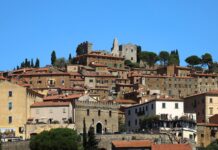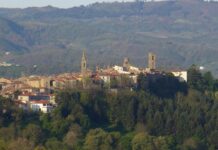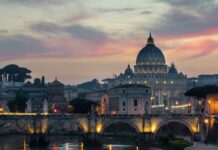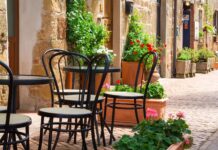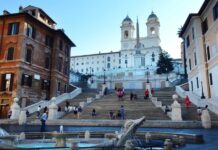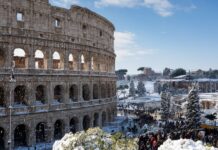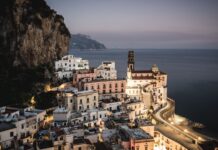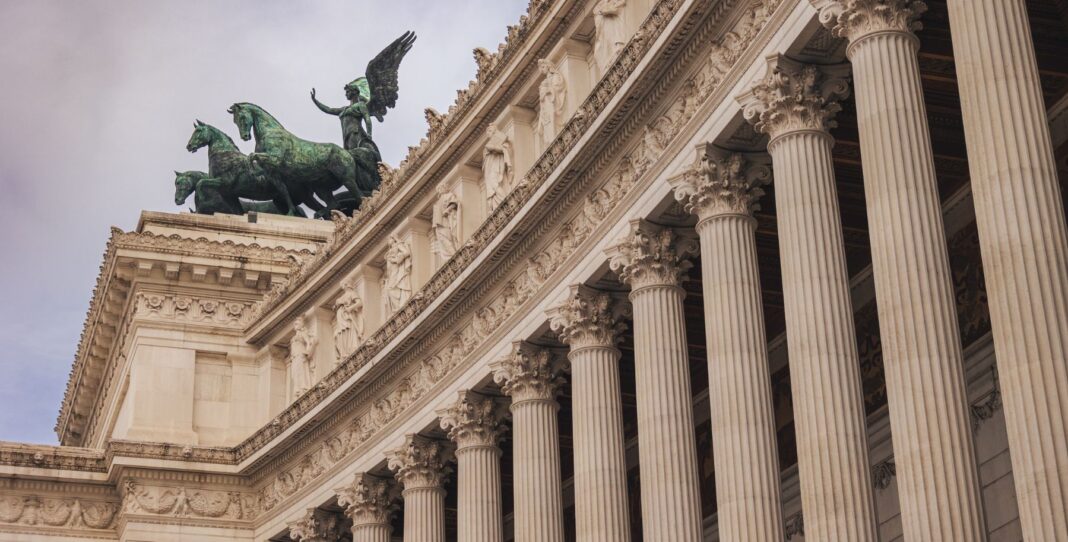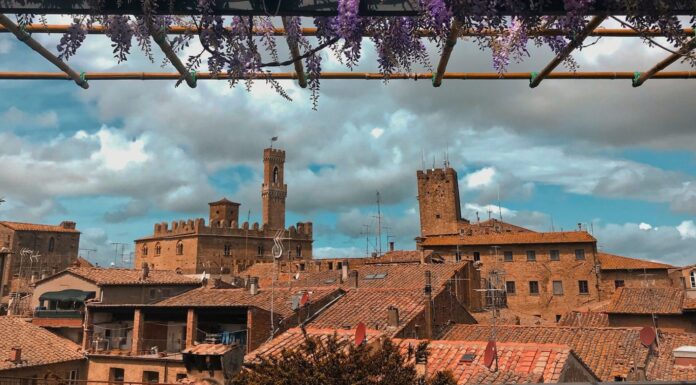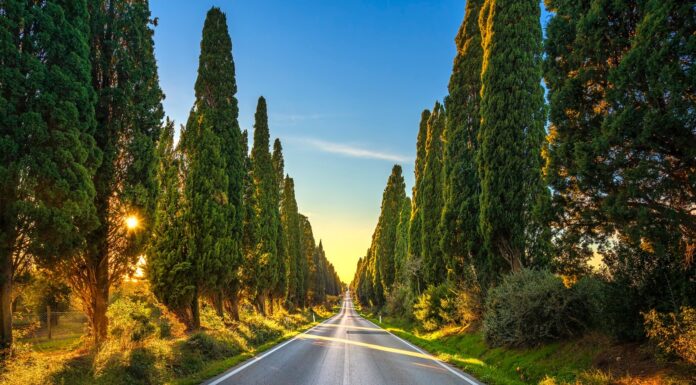What makes the Roman columns so iconic? It surely depends on the masterful architecture and the features coming from ancient civilisations giving metropolitan cities a fascinating look. Discovering the Roman columns, indeed, is the ideal starting point activity for history buffs who are looking for an alternative way of enriching their cultural baggage.
Scattered in the main Italian towns, the Roman columns allow you to understand better the origins of Italy and its ancestors. From the Etruscan to the Roman Empire, you can see the quintessential Columns of the Pantheon by walking in the heart of Rome or admire the Colonna di Foca by wandering through the Roman Forum. Surely impressive monumental complexes which won’t go unnoticed.
Keep on reading the article to find out more about Roman columns, where to find them and their origins.
Characteristics of the Roman columns
Known for their masterful look and the suggestive height, Roman columns are considered the symbol of Ancient Rome and a valid part of the latter’s majesty. Indeed, they look very easy to recognise for the following features:
- Height: Usually higher than 15 meters, in order to show the power of the Roman Empire and be able to support arches, beams or buildings;
- Architecture: Designed with Corinthian Capitals depicting acanthus leaves, garden fruits and military friezes;
- Circular/Squared Base;
- Materials: Built with marble, travertine or limestone.
The 8 Most Famous Roman Columns
1. Colonna Traiana
The notorious 38 meter tall Colonna Traiana, located in the Trajan’s Forum, was built during the 2nd century A.C (110-113) by Apollodorus of Damascus (a valid architect and engineer of the Roman Empire) who celebrated Trajan’s victory in Dacia (nowadays Romania)..This column, made of Carrara marble, was considered as a symbol of power for the Romans. The ticket (with an exclusive guided tour about it) costs 16$ circa.
2. Antoninus Pius’ Column
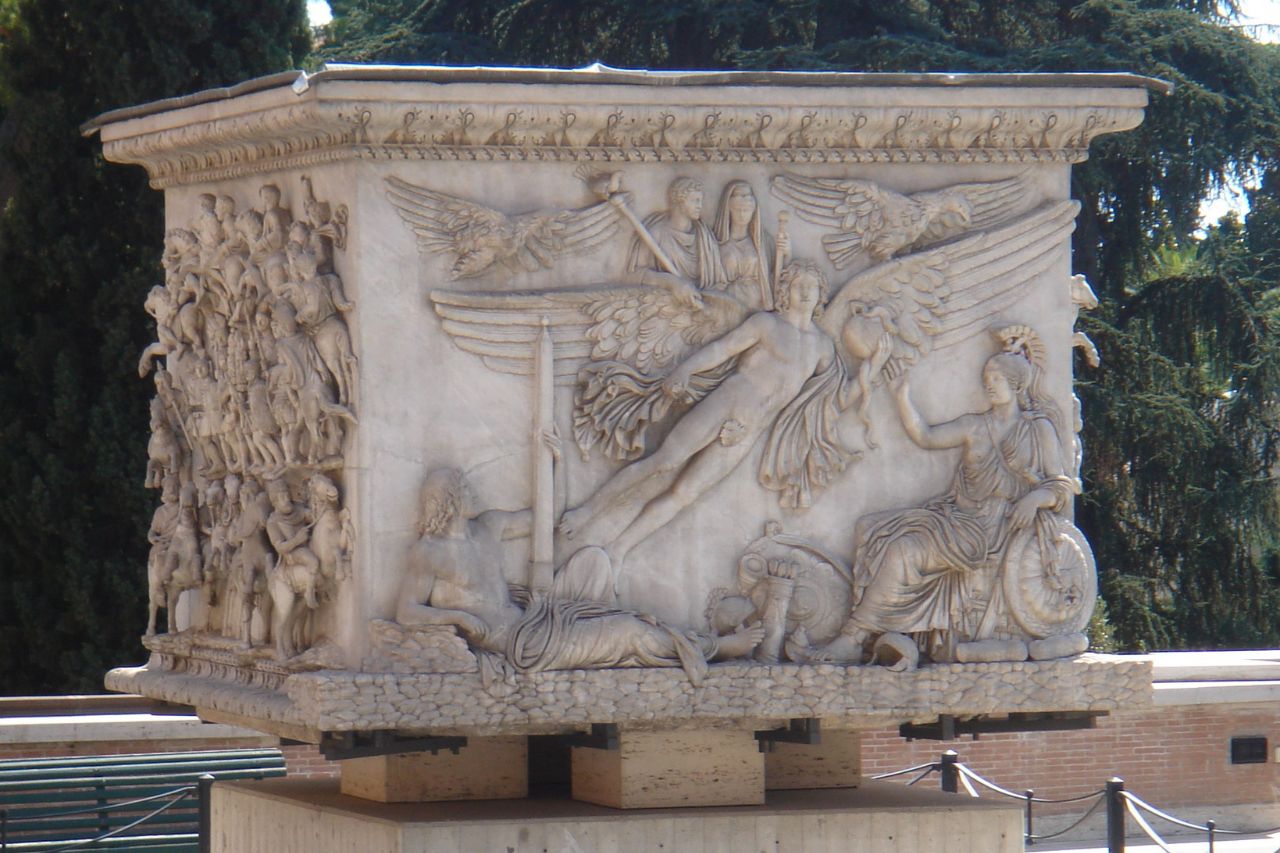
The Antoninus Pius’ Column, based in the heart of Campo Marzio (a well-known Roman district), was built in 161-162 to honor Antoninus Pius and his wife. This impressive monument, more than 15 meters high, once hosted a statue of the Emperor and was made of Egyptian red granite, a material used for construction of the obelisks of the Pharaohs. Unfortunately, due to neglect and a subsequent fire, it is now possible to admire just the timeless basement (owned by Vatican Museums) which has three reliefs and an inscription linked to Roman mythology.
3. Columns of Via Sacra
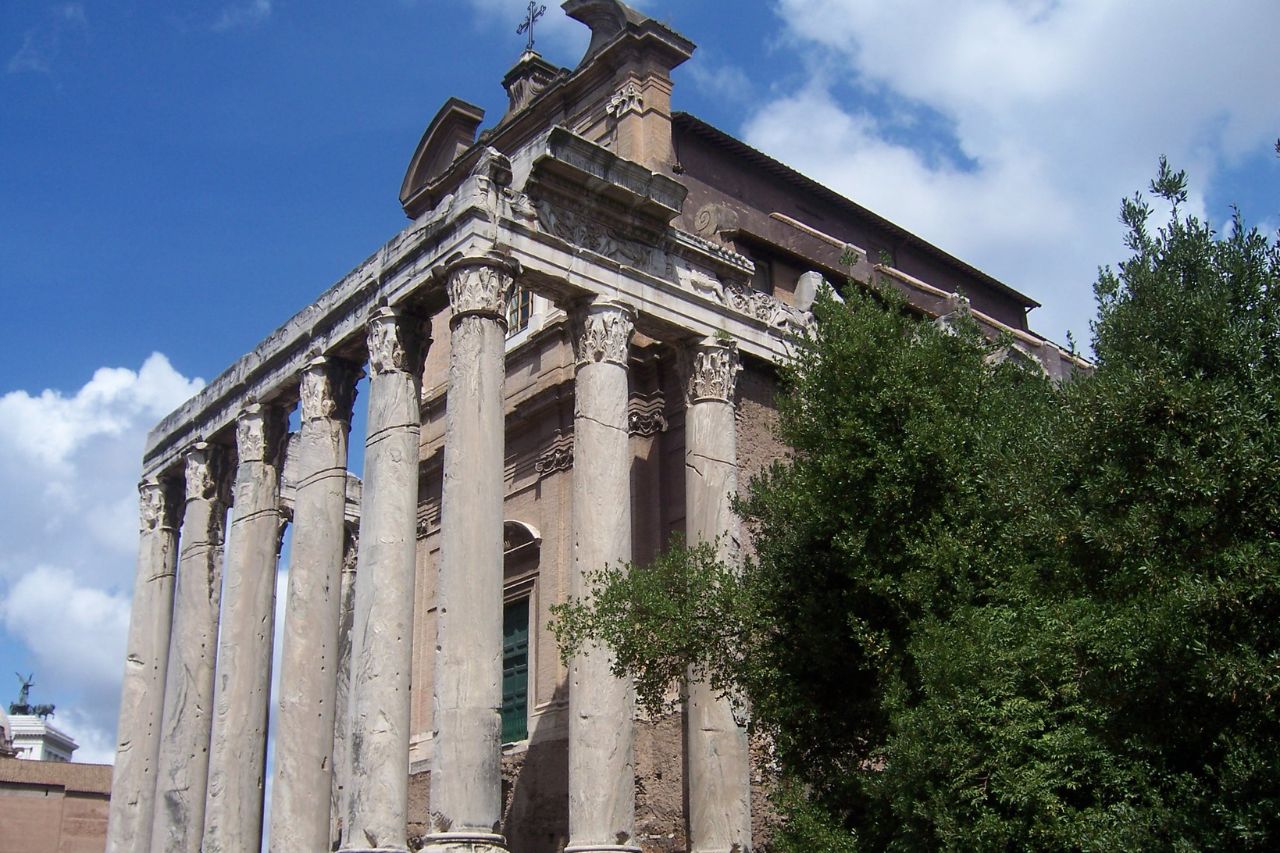
Among Roman Columns, in Roma Caput Mundi, you can’t miss the famous Columns of Via Sacra. Built during the 5th century B.C, the latters took their name from what was considered the heart of the town’s social life and commercial exchanges. The columns, part of an old arcade next to the Forum, were completely in white marble (coming from Greece) and had a pictorially decorated base with intricate Corinthian-style capitals, symbolizing the mastery of the craftsmen of the Roman Empire. Numerous restoration works, then, made the columns of Via Sacra glorious again after damaging looting and earthquakes.
4. The Columns of the Pantheon
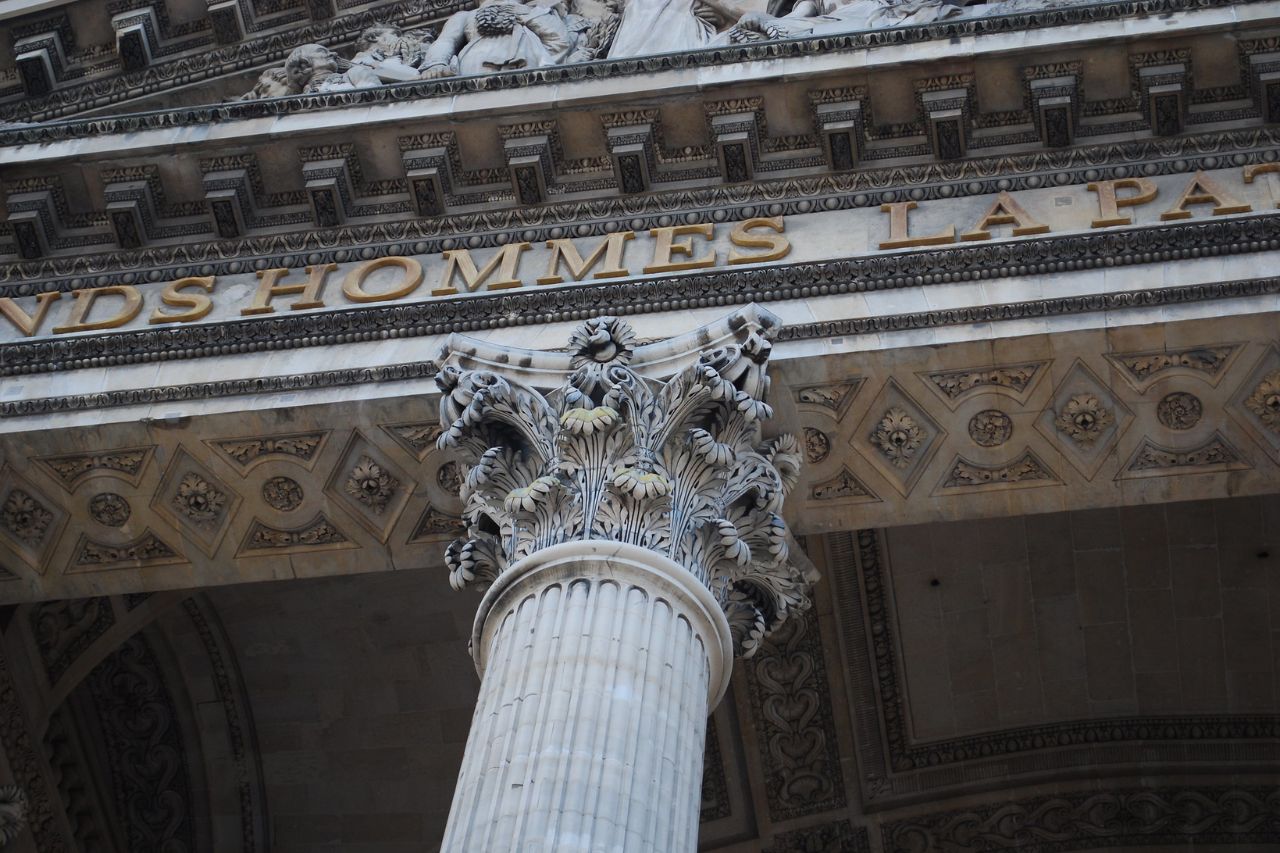
Upon your arrival in Rome, you can’t miss the Roman Pantheon. The latter, built in 25th B.C, has a main circular structure supported by 8 Corinthian columns (in the front) made of gray and pink granite (imported from Aswan Egyptian caves) and other 4 in the 2nd and 3rd row (more than 15 meter high). This cutting edge system, indeed, was formed by the juxtaposition of the cylindrical body to the pronaos.
Read more: The Arch of Septimius Severus – An Ancient Roman Legacy
5. The Columns of Vittoriano
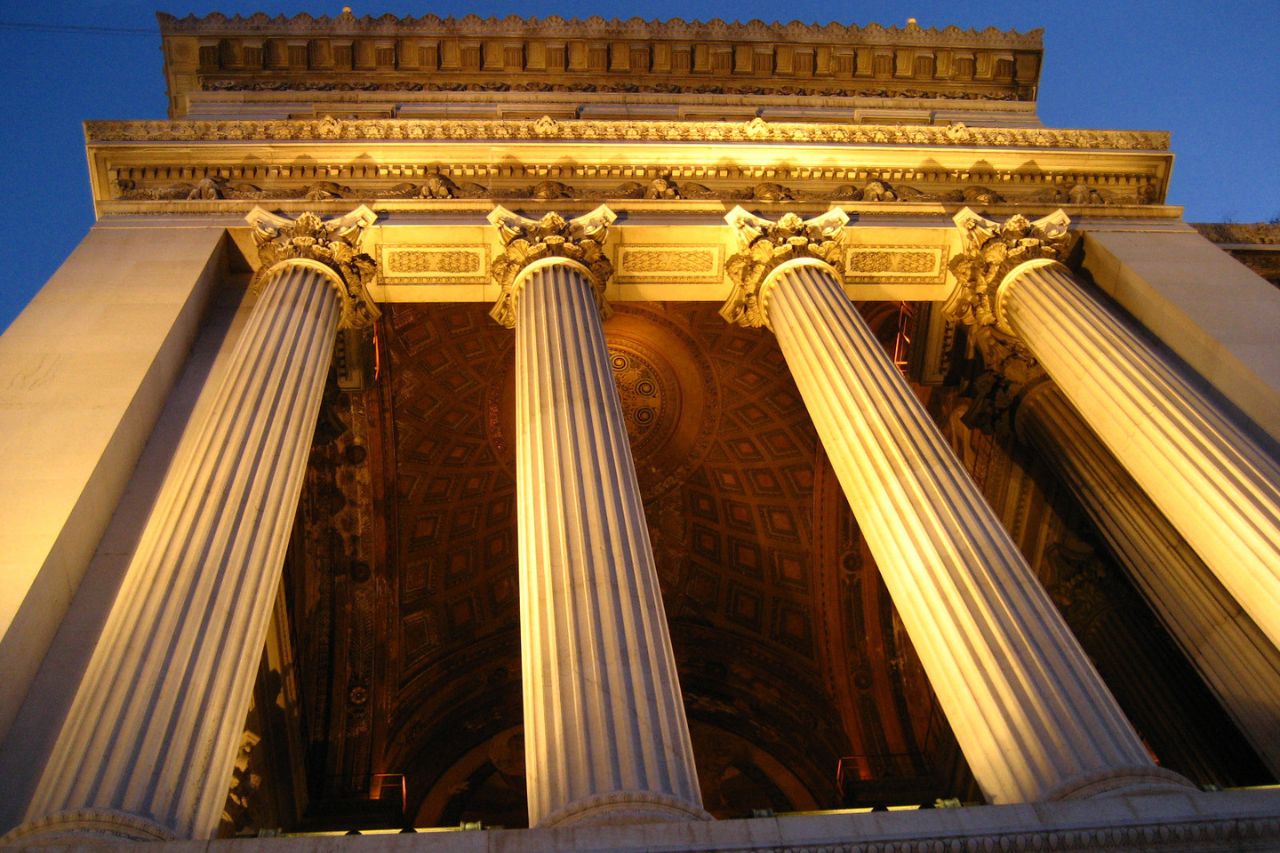
Known for being the main support of the “Altar of the Fatherland” (from Italian “Altare della Patria”), the Columns of Vittoriano were designed by G.Sacconi (architect and politician) and E. Maccagnani in 1911. Each column, rigorously made of white marble, is more than 15 meters high with multiple ephebes, oak leaves and woven ribbons on the lower part and numerous lotus flowers depicted on the upper side. It is impossible not to admire the 16 statues, each of which is set in correspondence with a column as allegorical personifications of the Italian regions. When looking at each propylaeum, which counts a bronze sculptural group portraying a winged Victory on a quadriga, is always a one of a kind experience as the latter is a symbol of the Ancient Roman Empire triumph.
6. Colonna Antonina
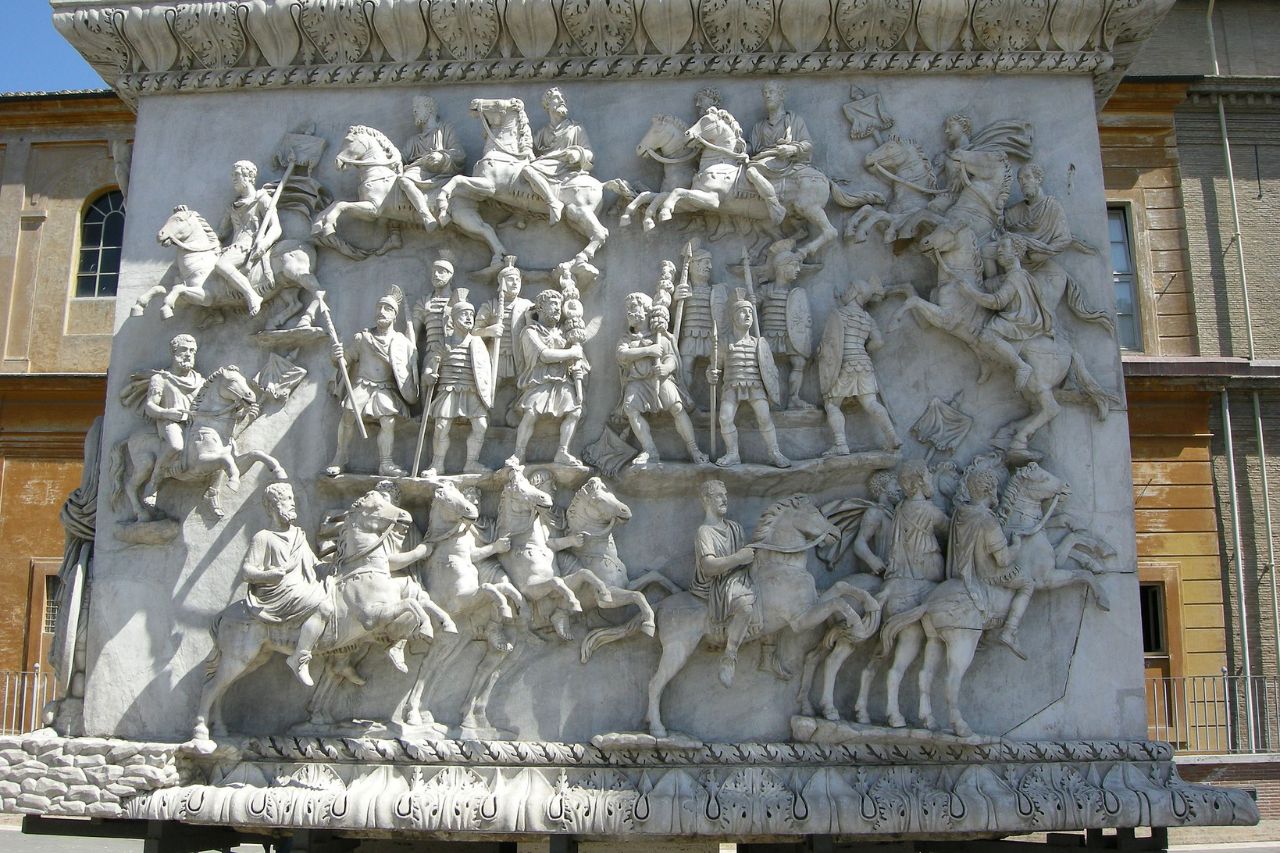
Previously mistaken for the Antoninus Pius Column, the so-called Colonna Antonina is one of the most famous Roman Columns in the Italian capital. Appreciated for its doric style, the latter counts more than 28 marble blocks with relief friezes depicting pictorial doodles, blockades and military campaigns of Marcus Aurelius fighting against the Sarmatians and Germans. Firmly a unique work of art, which once didn’t have any kind of decoration on the top and that you can admire by wandering along Piazza Colonna.
Read more: Palazzo Farnese – Things to Know Before Visiting
7. Colonna di Marco Aurelio

Located in the homonym Piazza Colonna, the marvelous Colonna di Marco Aurelio is among the most appreciated Roman Columns in town. Built between 180 and 193 A.C, the latter (more than 30 meters high) counts a 12 meters supporting base, which was once decorated with doodles and a honorary inscription removed due to Pope Sixtus V’s will, who ordered a restoration of the monument and the installation of the current statue of Saint Paul (1st Christian theologian).
8. Colonna di Foca
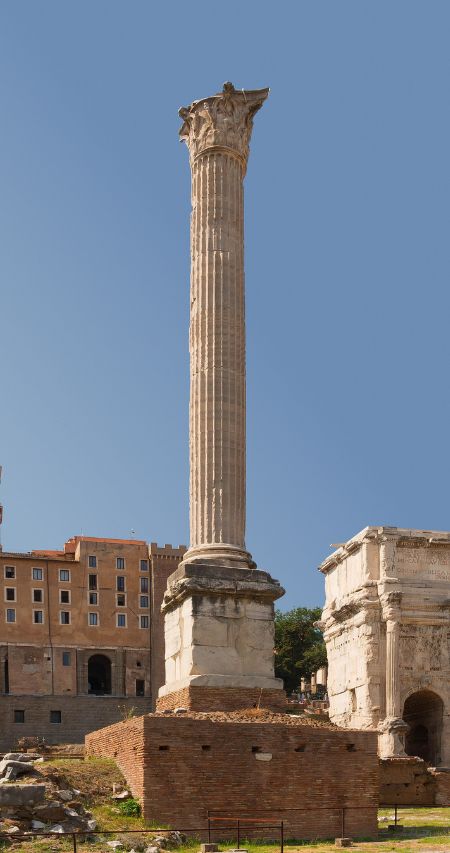
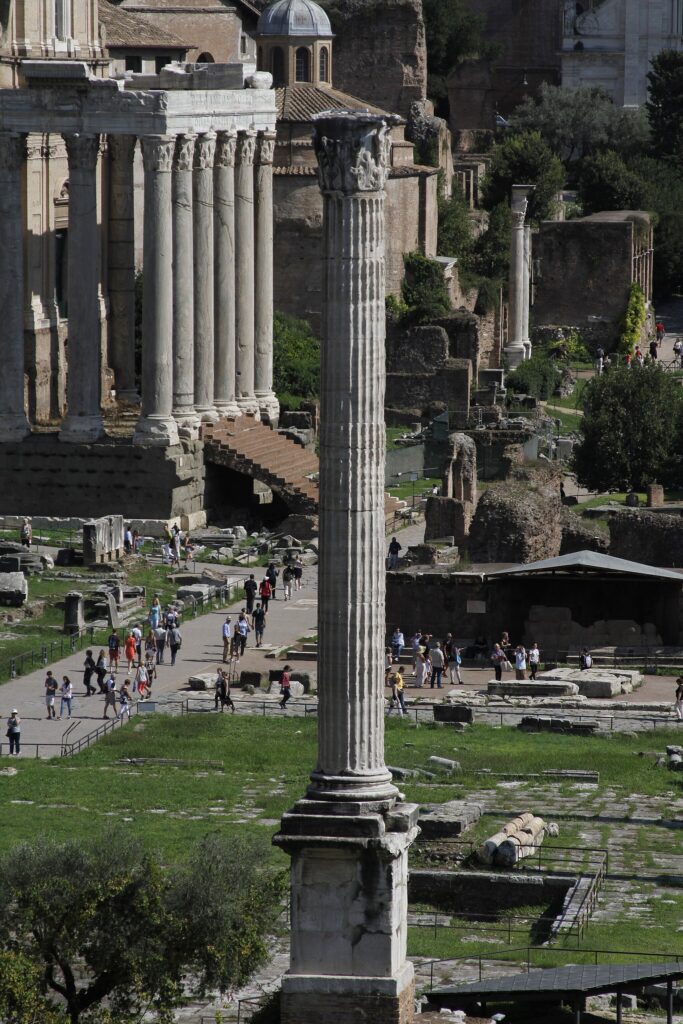
The elegant Colonna di Foca, set right in front of the Roman Forum, is a monumental work of art built in August 608. Dedicated to the Emperor Foca, the column is more than 14 meters high with a cubic white marble base and a quite visible Corinthian-style capital from the 2nd century. From the architectural point of view, it is fundamental to remember the flawless statue representing Phocas, which was immediately removed due to the fact that he was considered a tyrant and an usurper. The latter, then, was recycled carrying another statue dedicated to Diocletian and replaced with the current one, still breathtaking.
Greek vs Roman columns
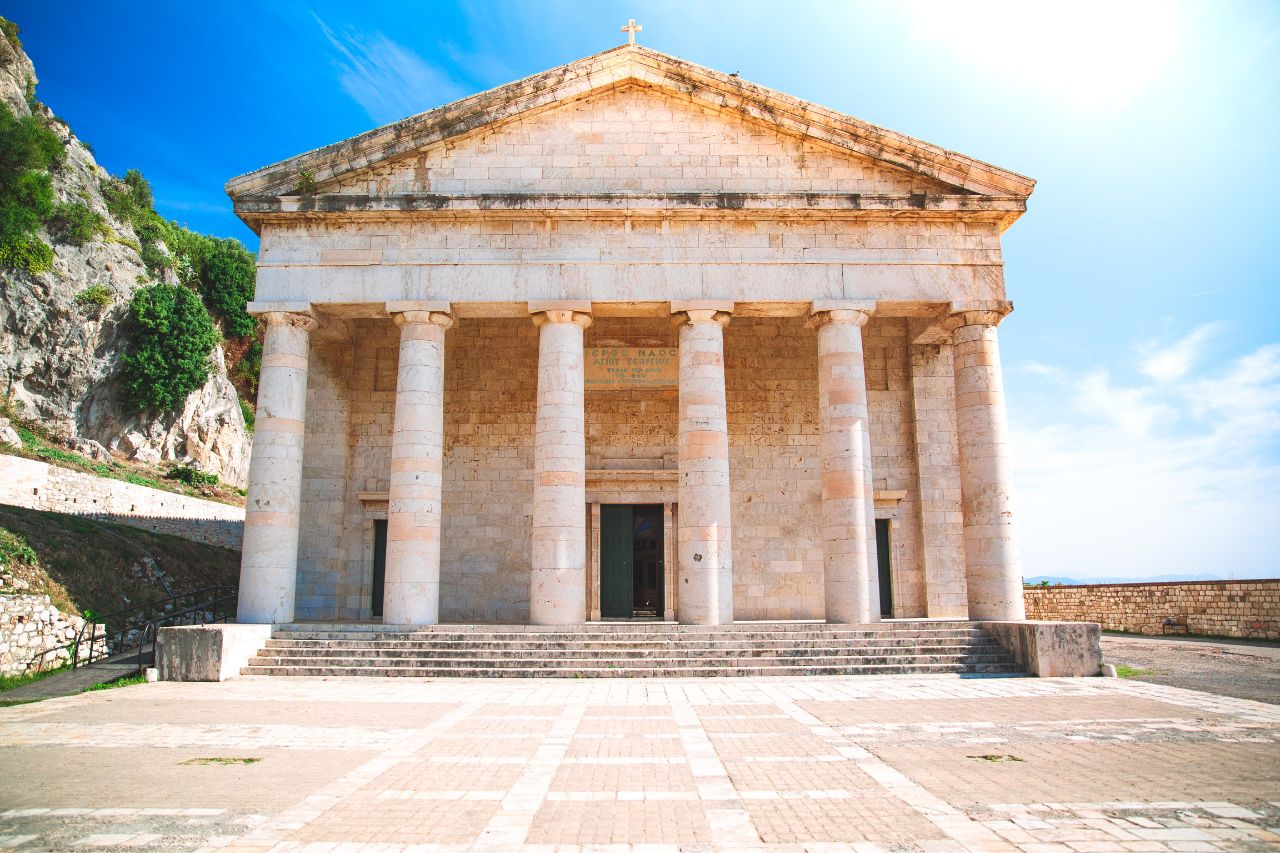
Both Greeks and Romans, from 600 BC to 476 AD, definitely contributed to the rebirth of the columns’ architecture thanks to skilled masters and high quality building materials. Here’s the main differences between Greek and Roman columns:
- Capitals: They mainly had Corinthian or Composite capitals with acanthus leaves and more elaborate scrolls. On the other hand, Greek Columns (known for their cylindrical section and slender upwards) had Doric squared capitals devoid of any whimsical ornament.
- Design: Greek Columns were more elegant with harmonious proportions and had multiple mythological or heroic scenes depicted on them, while Roman ones had portraits, inscriptions and mosaics.
FAQs about Roman columns
Where Can You Find Well-preserved Examples of Roman Columns in the World?
Outside of Rome, you can find well-preserved examples of Roman columns in Baalbek (Lebanon) where you can visit the Temple of Jupiter (anciently known as the largest site of the Roman Age) and its few columns remain or the Temple of Bacchus with its huge fifteen columns. Alternatively, Jerash (in Jordan) hosts a forum with more than 56 surrounding Ionic columns and an adjacent museum to learn more about Roman history.
What Materials were used to Build Roman Columns?
Alabaster was used to build Roman columns. On the other hand, the shafts of the latters were made of Preconneso marble (taken from an island of the Dardanelles strait). However, it is quite common to find columns made of Carrara marble (once called “Luna marble”).
How were Roman Columns Decorated?
Roman columns, mostly built with a Corinthian style, were really elegant and richly decorated with depicting scenes of military campaigns and mosaics. Definitely alternative works of art compared to Greek columns, which had a Doric style, more simple.


